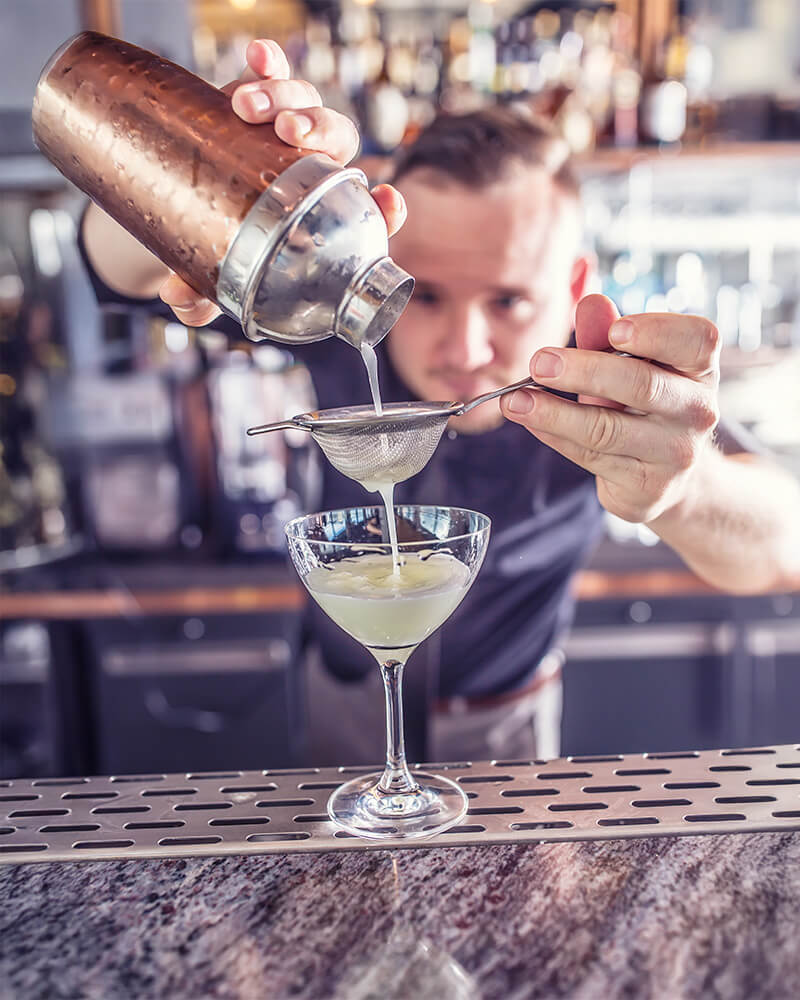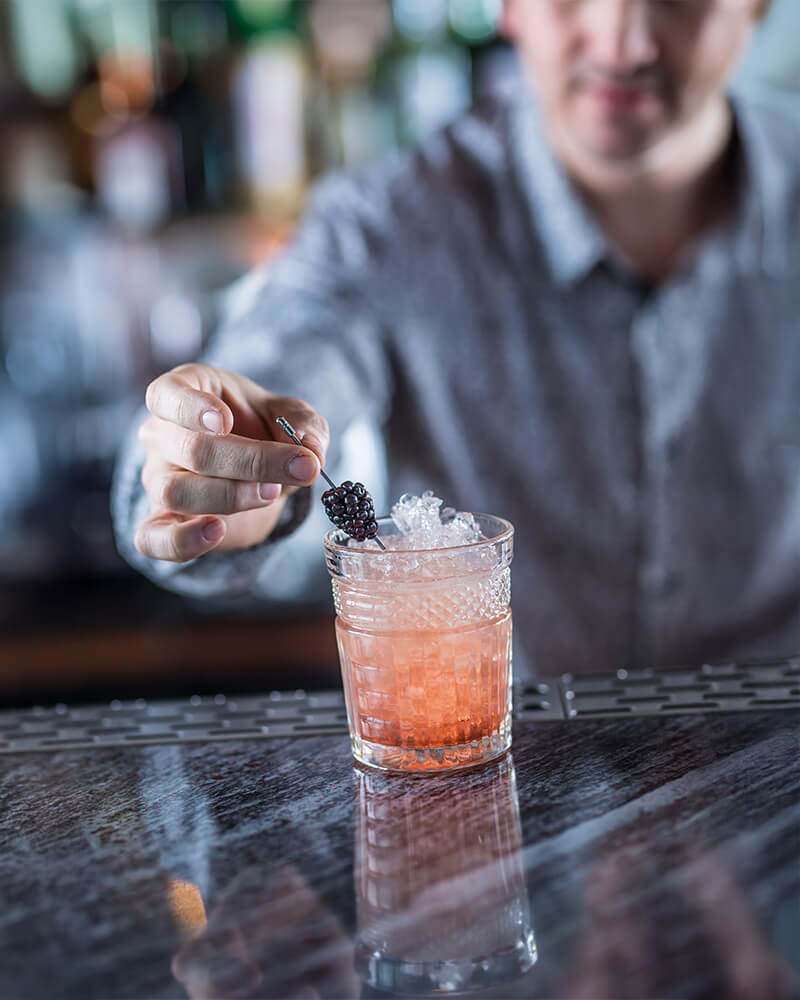The responsibility of a bartender extends far beyond mixing drinks; it includes ensuring the safety of patrons by preventing over-intoxication. This requires a keen ability to identify signs of alcohol intoxication and take appropriate action. Recognizing when to cease alcohol service is not just a matter of professional responsibility; it’s a crucial step in preventing potential harm.
Identifying alcohol intoxication involves observing a range of behavioral and physical cues. Subtle shifts in a patron’s demeanor can be early indicators. If you’ve been observing a customer for an extended period, you’ll likely notice changes in their speech, coordination, and balance. Increased volume, disruptive behavior, or a sudden inability to finish a drink are also red flags.
Physical signs can further corroborate suspicions of intoxication. Reddened or glassy eyes and a flushed face are common indicators. Slurred speech or an unusually loud voice can also signal that a patron has exceeded their alcohol tolerance. It’s important to understand that these signs can vary depending on the individual, making careful observation essential.


Sometimes, a direct, yet tactful, approach is necessary. Asking a patron if they feel they’ve had too much to drink can provide valuable insight. If they struggle to respond coherently or appear confused, it’s a clear indication that they’ve reached their limit. While some patrons may openly admit to intoxication, this doesn’t guarantee they’ll readily accept being cut off.
When you suspect a customer is intoxicated, immediate action is crucial. Cease alcohol service without hesitation. Continuing to serve an intoxicated patron exposes both the bartender and the establishment to significant liability. Approach the situation with firmness and politeness, clearly explaining that you can no longer serve them alcohol due to their level of intoxication.
Anticipate that some customers may react negatively to being refused service. Your staff should be trained in de-escalation techniques to handle such situations professionally and calmly. Maintaining a respectful and composed demeanor can often prevent confrontations from escalating.
If attempts to de-escalate fail, or if the patron becomes disruptive, it may be necessary to ask them to leave the premises. This should be considered a last resort, as it can potentially lead to conflict. If you must ask a customer to leave, immediately notify management. Management intervention provides a valuable layer of support and can help resolve the situation effectively.
Dealing with intoxicated customers is a challenging aspect of bartending, but it’s an essential responsibility. By mastering the art of observation, communication, and de-escalation, bartenders can create a safer and more enjoyable environment for all patrons. Prioritizing responsible alcohol service safeguards both the well-being of customers and the reputation of the establishment.

Preston Rideout, CEO of Dram Shop Experts, consults on nightclub and bar operations, specializing in alcohol service and liability. As a consultant, Preston offers training, design, and expert witness testimony, leveraging extensive Las Vegas venue management experience.
Mail: [email protected]
Sat & Sun: CLOSED
662-466-6045
Contact us now for a quote about consultation ( Available 24/7 )
© 2025 - Preston Rideout by TheDAMLab - The Design & Markeitng Lab